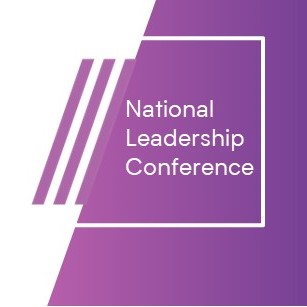Bulletproof Teams: Building Resilience in Organisations
By Tanya Hudson | 9th December 2019
Resilience is a great buzzword, but it’s much more than just that.
In modern workplaces, where disruption, innovation and organisational change are the norm, the ability to cope with stress and unexpected challenges is vital. Teams who not only survive, but rather thrive, in these situations are key to organisational growth and development. There has been a tendency to focus predominantly on resilience as an individual or personal skill, but it is much a characteristic of high-performing teams as high-performing individuals.
Resilience has many definitions depending on who you read but, ultimately, it is the ability to recover quickly from adversity and stressful situations. When you apply this concept to the workplace, a team that demonstrates resilience will produce better results over time because they are invested in the purpose of the organisation, they foster trust and psychological safety, they are able to adapt in the face of a challenge and they support each other to achieve their mutual success.
While it is a skill that comes from experience, we can accelerate its development through learning, changing mindsets, and deliberately practicing habits that encourage its development.
An essential paradigm required for resilience is our ‘mind-set’; a term coined by psychologist Carol Dweck to describe how we perceive ourselves; our abilities, our capacities and our interests. Dweck distinguishes between two different mind-sets: fixed and growth.
A fixed mind-set is where we believe our character, our talents and our abilities are fixed and do not change with development or practice. An example of this is where we might say ‘I’m not musical, I don’t have a note in my head!’ or ‘Maths is not my thing, I’m no good with numbers!’. We will internalise these comments and come to believe that they are, in fact, true.
A growth mind-set is where we believe our talents and abilities are malleable and can be improved through development or practice. Here, we relish challenge and view failure as a learning opportunity and springboard for growth. We are encouraged by, not rendered helpless by, difficulty.
With a growth mind-set, a team will understand they are fallible, human. They’ll do their best at any task but won’t be governed by low self-confidence or incessant worry that are potential pitfalls of perfectionism. Rather, they’ll see challenge as opportunity, see failure as learning, and focus on the improvements they make throughout.
As a leader or a team player, you can foster this mind-set and develop resilience in your team by creating an environment that is conducive to bouncing back, where your team is not shaken by every setback or challenge:
Share What’s Going Well
Whenever you have team meetings, start off by talking about what’s going right than what’s going wrong. Doing this regularly will build resilience as people begin to focus on their successes rather than their failures, raising energy in times when it may be low.
Tell Empowering Stories
Tell your team stories of achievement and allow them to extract the advice they need, rather than issuing orders. This way, you are empowering your team and building confidence by providing a choice rather than a command.
Celebrate Success
Whether you choose to display a success board, share news of achievements, give others informal praise in everyday interactions or formally celebrate through awards or other recognition, celebrating success within your team will build resourcefulness, energy and positivity.
Focus on What’s Wanted
If your team is discussing an issue and you notice energy draining, shift the focus from the problem to the desired outcome. Instead of talking about the problem itself and what has caused it, ask your team what they would like see happening instead. You can discuss the same topic but from a different viewpoint, focusing rather on what you want and what to do to get there.
Each of these actions, if carried out regularly and over time, will change what your team pays attention to, shift their mindset, develop their resilience and elevate their performance.
IMI associate on the IMI Professional Diploma in Organisational Development & Transformation. Tanya works as a business psychologist for KinchLyons – www.kinchlyons.com.



